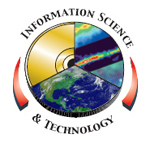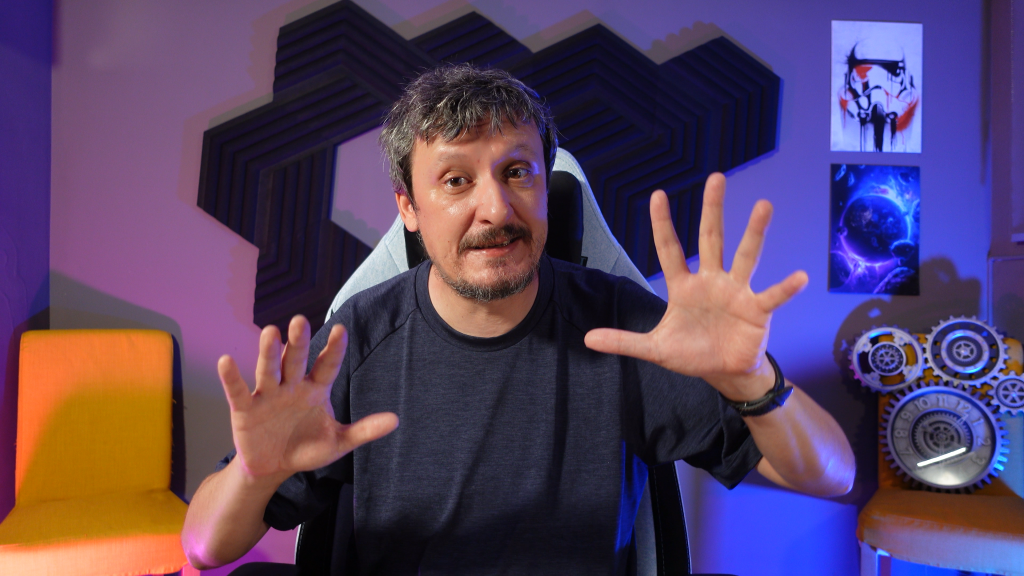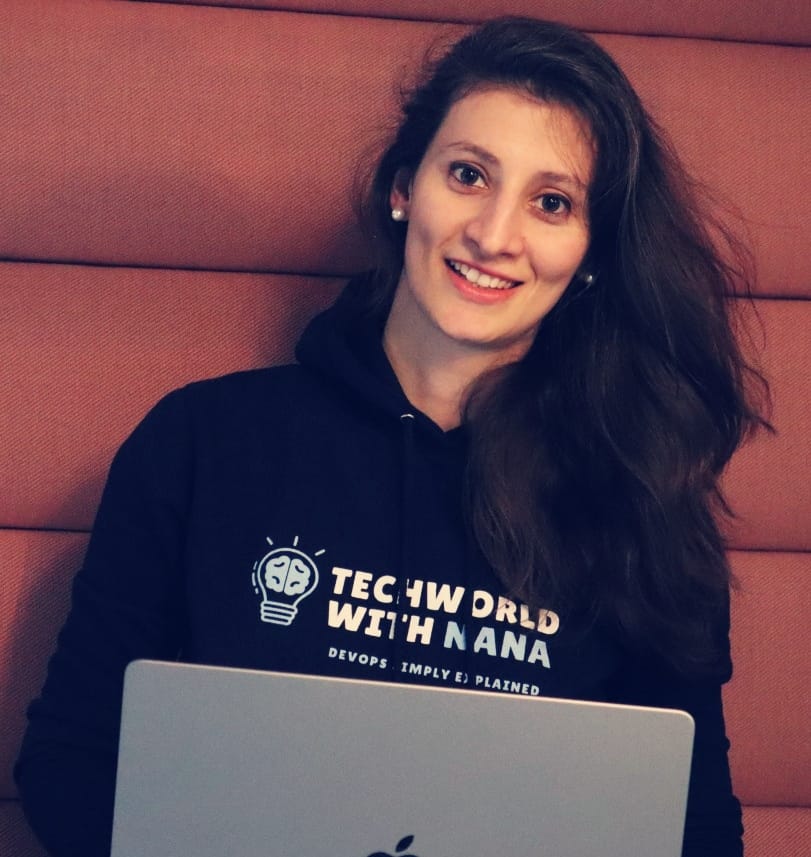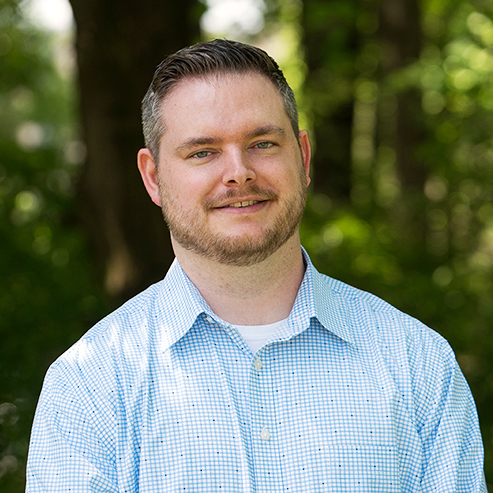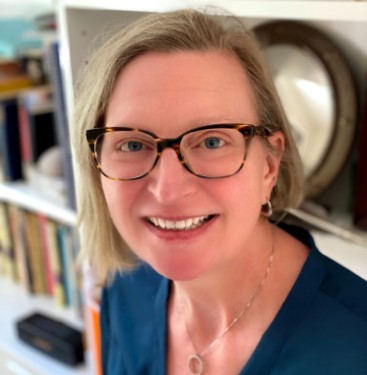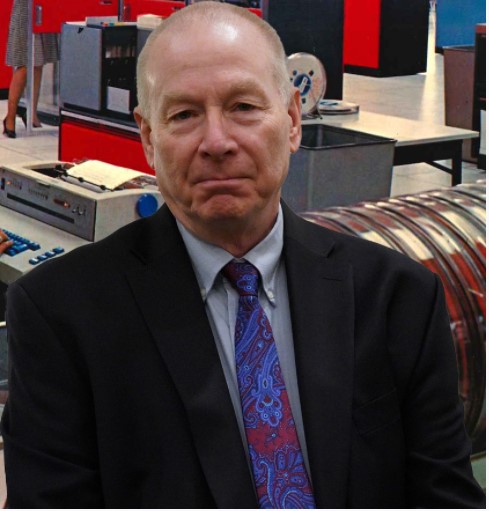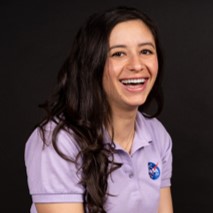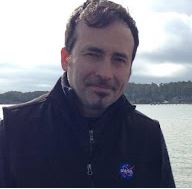Uncategorized
The Future Is Above Clouds
We need an open-source universal control plane that will set the standard of how cloud vendors operate and how their services can be mixed and modeled to our specific needs. Crossplane (an open-source project) might be such a solution.
Read MoreTechWorld with Nana – YouTube as a DevOps Educational Platform
Nana will discuss her experience of sharing knowledge about DevOps and various DevOps technologies on YouTube and building a community of 500,000 people. Nana will share insights from the community and technology companies, to include trends in DevOps and generally in the software development field.
Read MoreWeb 3.0 with a focus on Blockchain
The internet continues to astonish us all with the sheer amount of value unlocked by simply connecting the world. After the introduction of Bitcoins by Satoshi Nakamoto, many others have built on top of this technological innovation leveraging the blockchain infrastructure to solve even the most pressing societal problems. Transitioning from Web 2.0 to Web 3.0, we are finally here and moving at a break-neck speed. How can we all keep up? Please join us at this fun and interactive seminar on Web 3.0 and the blockchain to learn about this evolution and how businesses, academics, and society are incorporating this new technology. In this seminar we will paint the picture of how we got here and where we are potentially going. The future is bright and filled with massive disruption thanks to the blockchain!
Read MoreBehind the Scenes—and Science—of the Earth Observatory
Since its launch in 1999, NASA’s Earth Observatory has published around 12,000 images, maps, and data visualizations. The number of written articles, feature stories, and natural hazard descriptions are nearly as numerous. This talk will shed some light on why we do this, how we do it, and the ways the Earth Observatory is both a consumer and communicator of science. Psychology, pixels, and prose converge in every piece, published daily for over two decades—and I am excited to take you on a behind-the-scenes tour of our team and our mission.
Read MoreNASA SMD’s Transform to OPen Science (TOPS) Initiative
Open science begins with shared access to data, software, resources, and results. Yet, openness that advances science is not a pure product of technology, it is a product of practices, norms, and community behavior around that technology. While recent advances have reduced many of the technological barriers to participating in open science, other cultural and…
Read MoreThe Future of NIST SP 800-53: Revision 6 and Beyond
NIST Special Publication (SP) 800-53, Security and Privacy Controls for Information Systems and Organizations, provides a comprehensive set of countermeasures to protect systems and organizations and manage cybersecurity, privacy, and cyber supply chain risk. The SP 800-53 controls are used as part of a cybersecurity and privacy risk management process by organizations small and large, public and private, and across all sectors of the U.S and…
Read MoreOverview of ArcGIS and ArcGIS Online Capabilities
NASA’s Enterprise Agreement (EA) with Esri provides licensing and access to a wide range of these commercial GIS capabilities. This talk will provide a brief overview of the GIS capabilities available, the non-NASA data that is available and a description of the audience that can be reached through these tools. NASA’s current uses will be…
Read MoreCyber-Physical Digital Twins – Georgia Tech Smart Campus Cases Studies
Digital Engineering, in its very essence, is concerned with advancements in computing, modeling, data management and analytical capabilities to improve the practice of engineering. Key to Digital Engineering is the concept of Digital Twin. While initially developed for engineering systems, Digital Twins are now being implemented for socio-cyber-physical systems (e.g. smart buildings, smart cities, etc.) due…
Read MoreGoddard Showcase – Applying Research in Artificial Intelligence for Spacecraft Resilience (RAISR) to Distributed Spacecraft Missions (DSM)
To enable the demand for scientific discovery through deep space exploration, missions need to be able to travel further and operate more efficiently than ever before. To achieve full mission autonomy, intelligent onboard fault diagnosis methods must be developed, with special consideration of anomalous faults. To this end, we present the work encompassed by project…
Read MoreGoddard Showcase – Earth Information System Infrastructure. Leveraging Infrastructure as code to do science in the cloud.
From deploying “The Littlest JupyterHub” to automating the deployment of multiple Kubernetes powered Daskhub infrastructure; we would like to share a story about how using AWS Cloud (AKA an API) can not only make solutions deployment faster, repeatable and more secure but also more fun. The Earth Information System was a 6-month Science Pilot therefore…
Read More